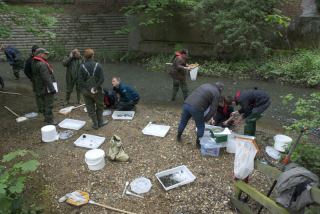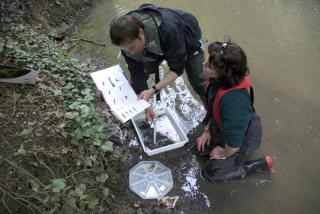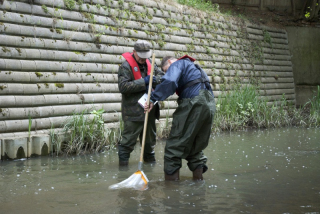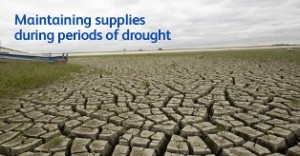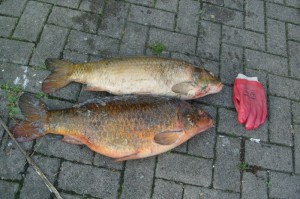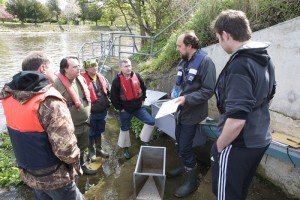Leading anaerobic digestion company Biogen UK Ltd been fined £5,000 by Bedford Magistrates’ Court for polluting one mile of a Bedfordshire stream.
The Environment Agency said the pollution was avoidable and it should have been notified sooner so that the incident could have been better managed. A large quantity of digestate from an anaerobic digester overflowed when a pump was left on overnight at the company’s Clapham Biogas Plant on 19 November 2010. A member of Biogen staff saw liquid running down the road as they arrived at work at 4am.
An hour later another employee saw more liquid in a field close to their own pig unit, operated by Bedfordia Farms Ltd. Biogen is part of the Bedfordia Group. The tank had no alarm system and had to be turned off manually. Mrs Miriam Tordoff, prosecuting, said the company knew it needed an alarm on an underground tank following a similar incident two months before at another of its sites near Rushden. She said that by the time the Agency had been told of the pollution it was late in the afternoon and an investigating officer had trouble assessing the effect and taking samples as it was dark. He arrived on site within half an hour after being notified. A building housing the anaerobic digester tank had a tide mark on the door about 6in from the ground indicating the level the liquid waste had reached. The officer also saw puddles on either side of the road and a trench full of liquid in the field. The trench had been created by staff to try to prevent the liquid reaching their pig unit. They had also tried to dam the stream.
Mrs Tordoff told Bedford Magistrates’ Court that in daylight the following day it was clear that the pollution had not been held back by the dams and the company was advised how to improve their effectiveness. The pollution spread beyond the dams for at least two more days. She told magistrates that the company’s environmental permit stated clearly that overfill alarms and protection devices had to be installed on all fixed tanks for the treatment and storage of waste. The need for alarms had been raised a month before during a site audit. “During the audit a number of site warnings were given for breaches of the permit, including the one for failing to have the alarms and protection devices on two tanks,” she said. Managers of the site told Agency officers that during an upgrade to the site in June 2010 the original alarm system was deactivated and due to an oversight it was not replaced.
They estimated a loss of 300,000 litres of digestate but believed only 10,000 litres escaped off-site. It had taken all day to clean up the site. Since the pollution a system of alarms, nightly checks and twice weekly electrical checks had been introduced. The company was ordered to pay full Environment Agency costs of £4,677. After the hearing Senior Environment Officer Charan Sekhon said ‘’ It was an avoidable accident that resulted from Biogen’s failure to comply with their environmental permit.
This case sends a clear message to Biogas Plant operators that they must ensure that they have a robust infrastructure and pollution prevention measures in place.
Biogen pleaded guilty to: 1. On or about 19 November 2010, you did cause the entry into inland freshwaters, namely a tributary of the Ravensden Brook, of poisonous noxious or polluting matter, namely liquid digestate, at Twinwoods Farm, Oakely Littlewood, Clapham, Bedfordshire, MK41 6BL Contrary to Regulation 12(1)(b) and regulation 38(1)(a) of the Environmental Permitting (England and Wales) Regulations 2010


